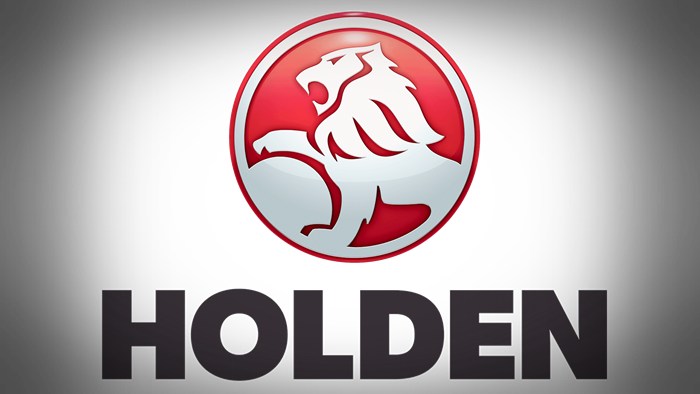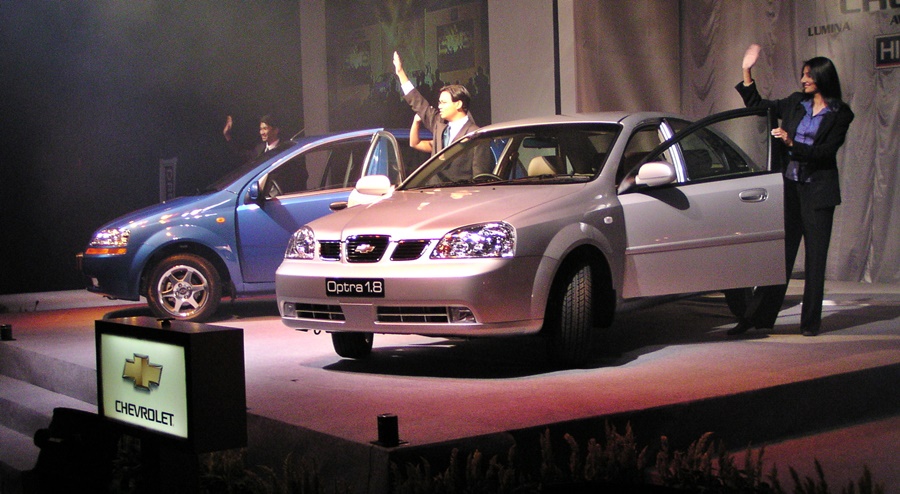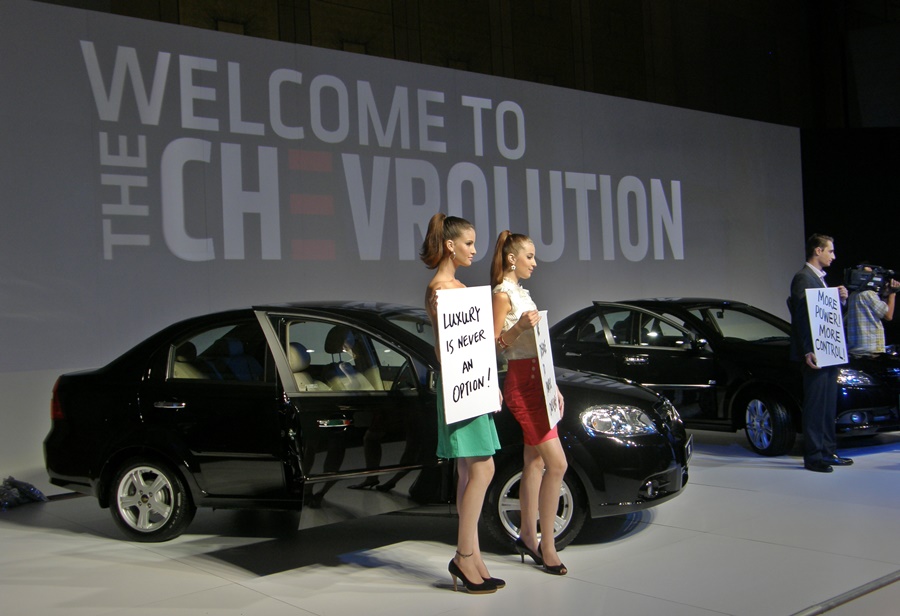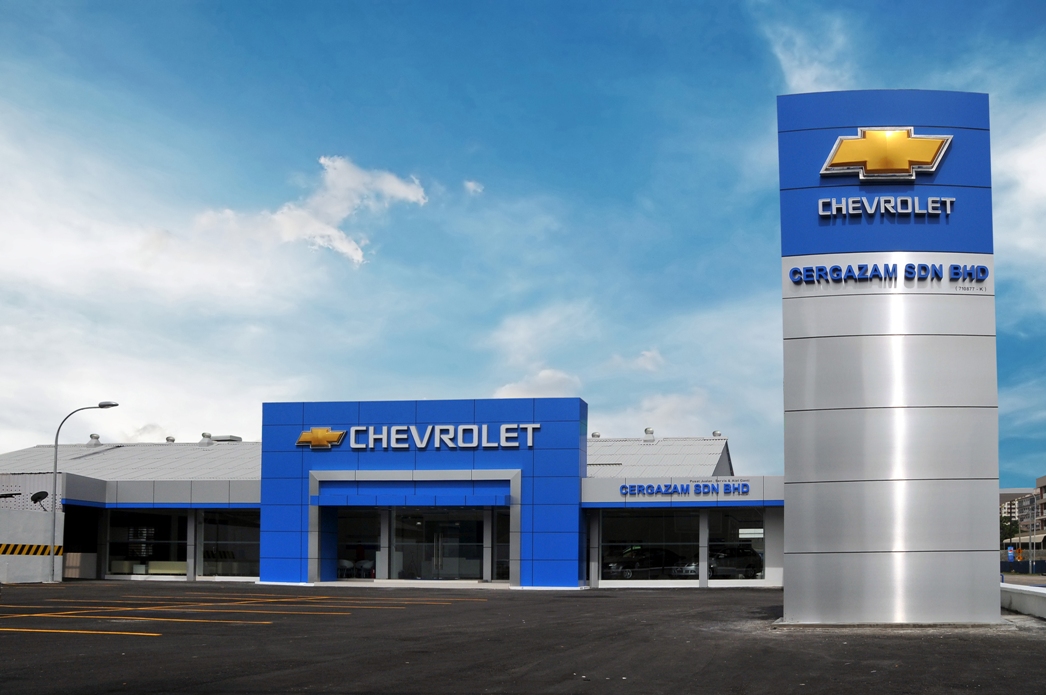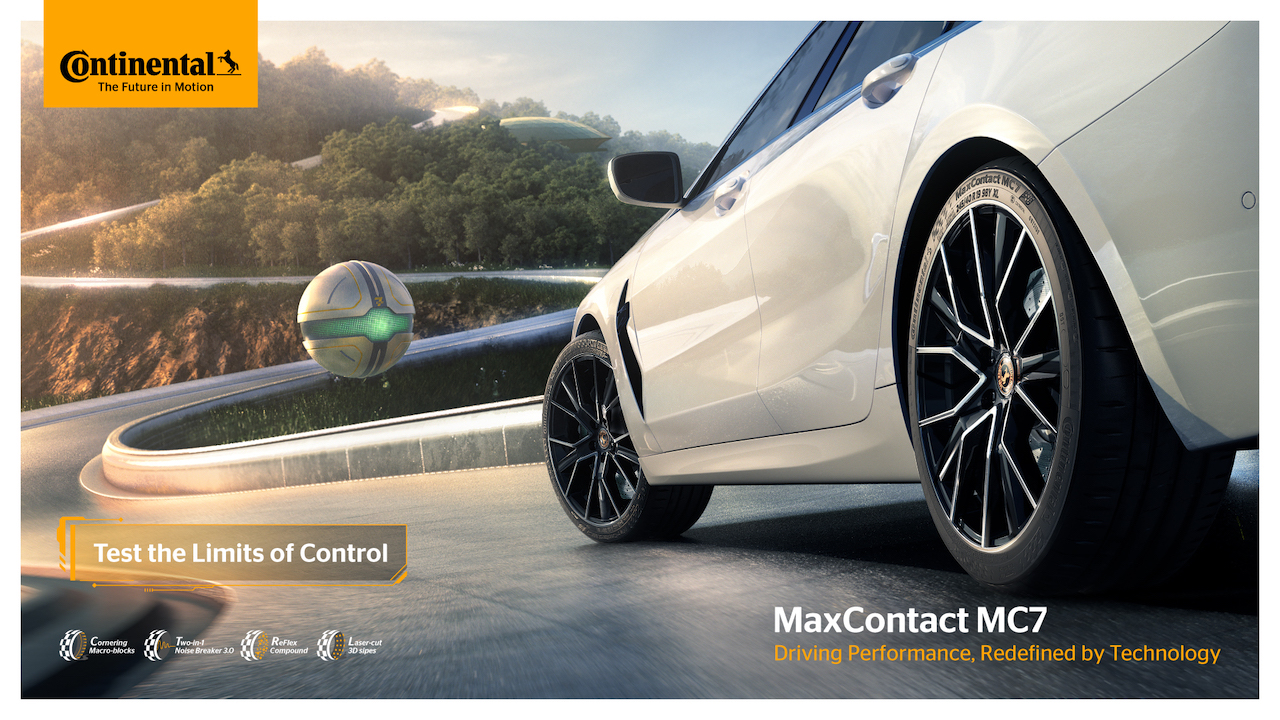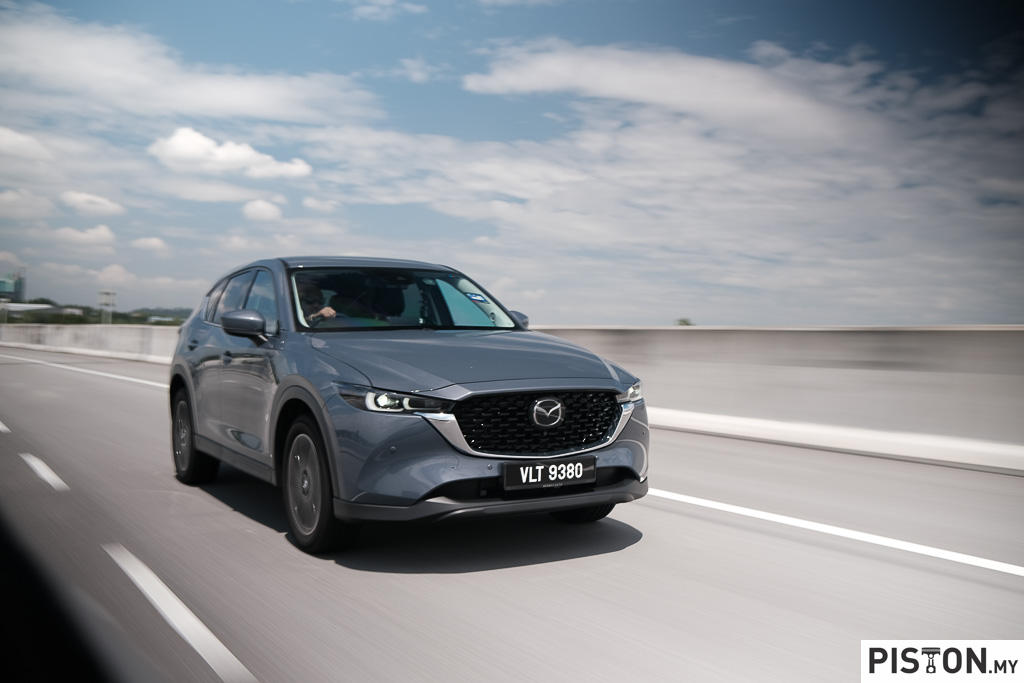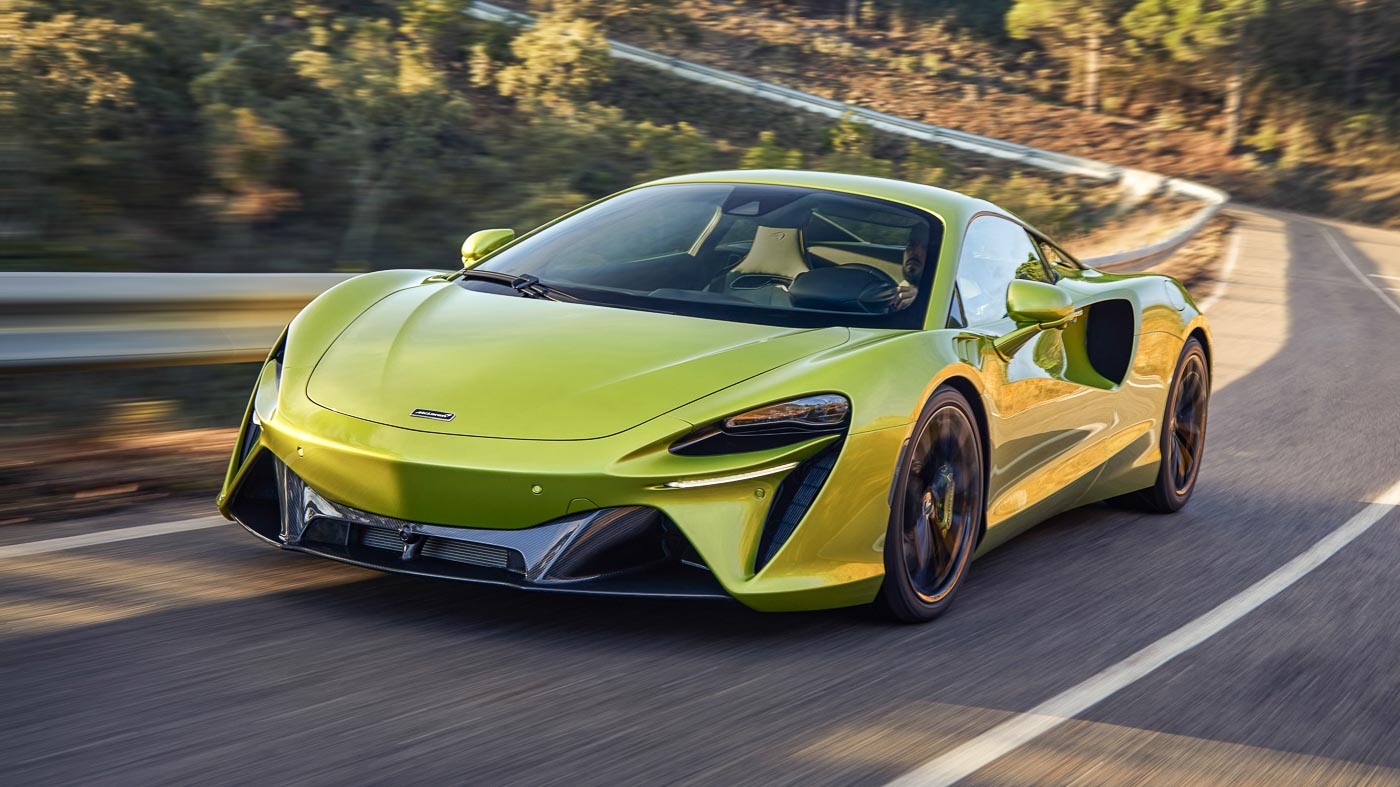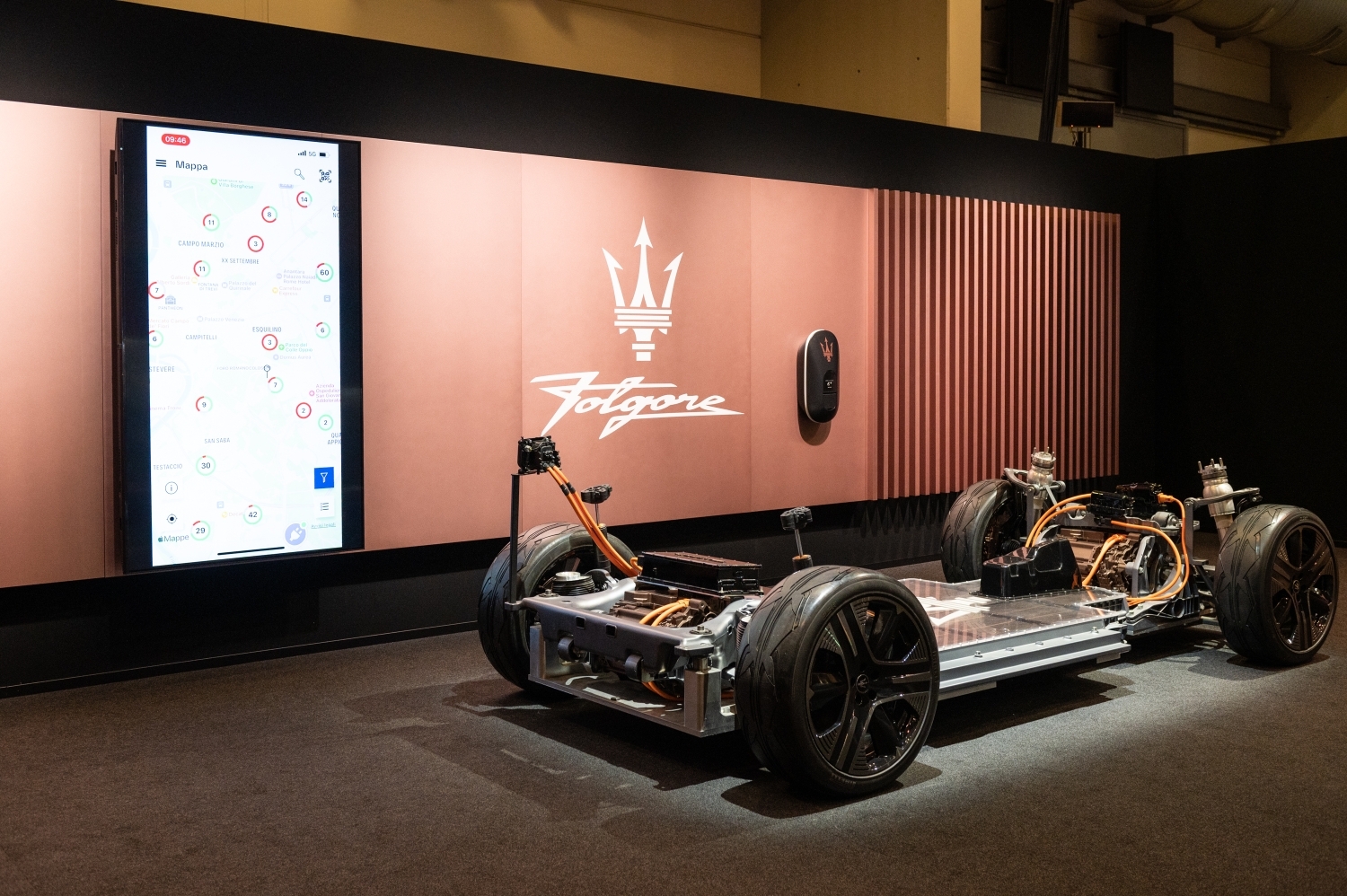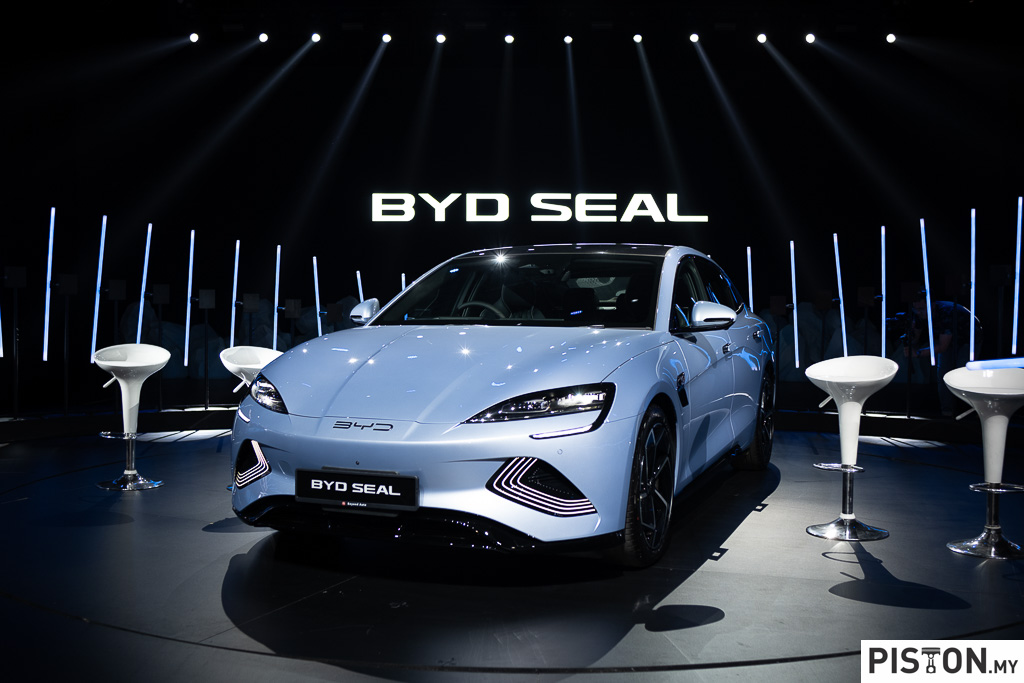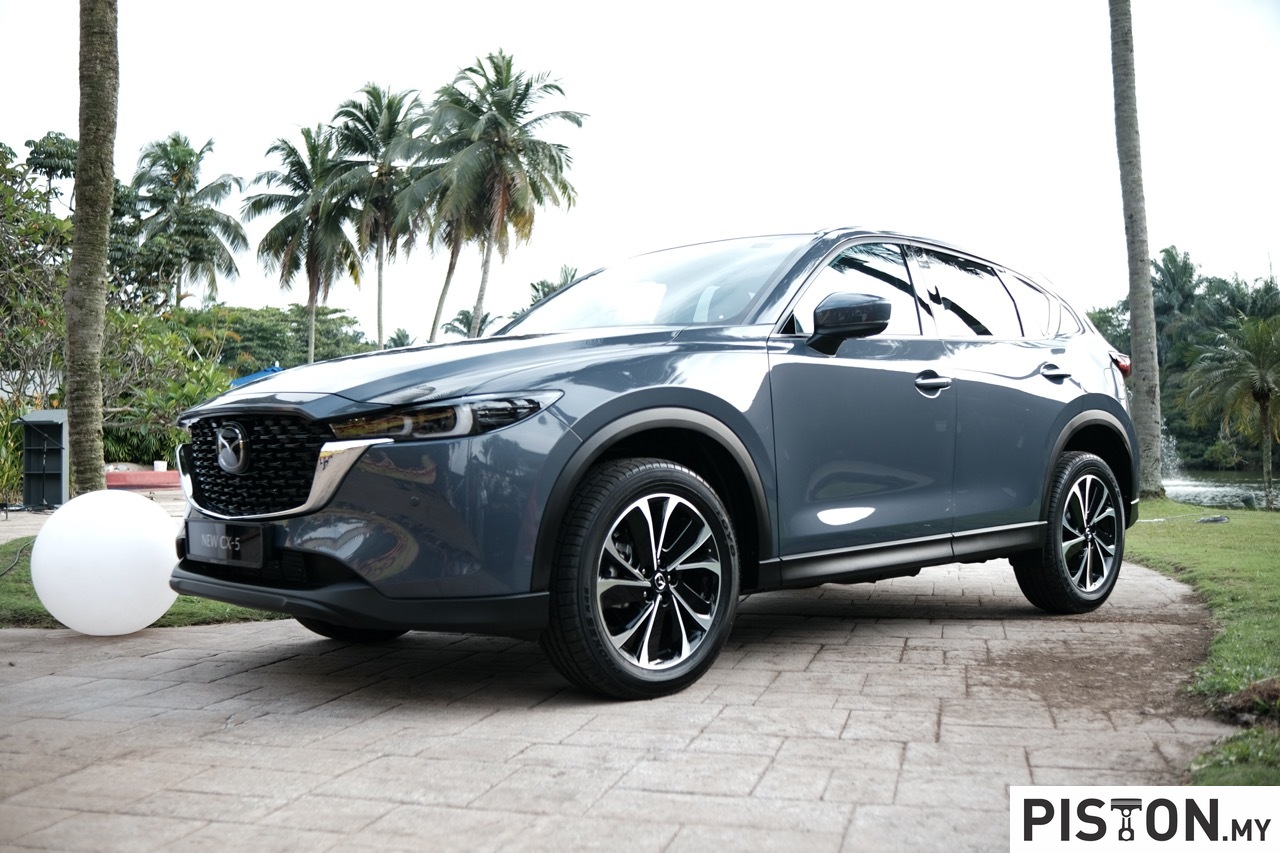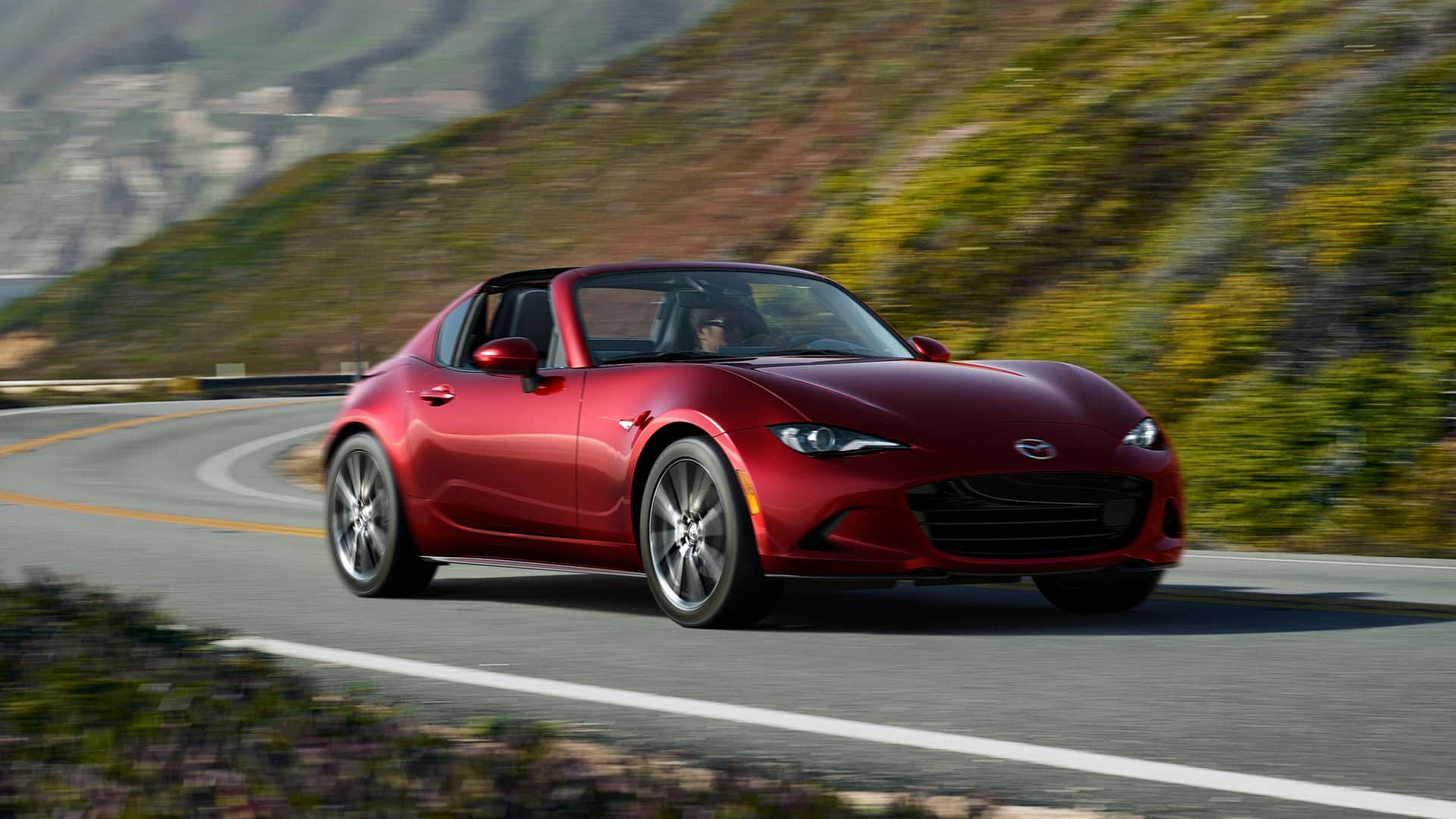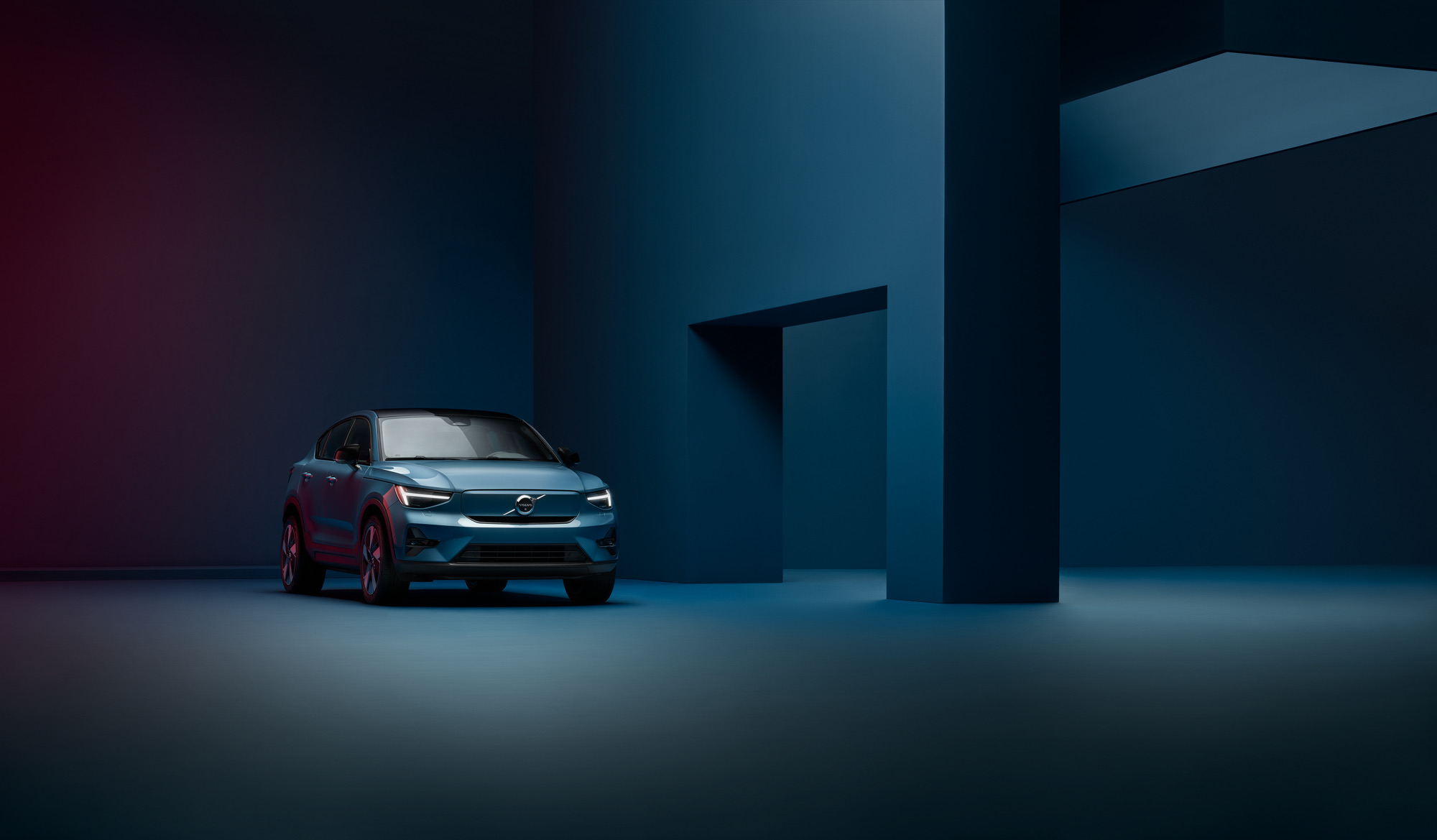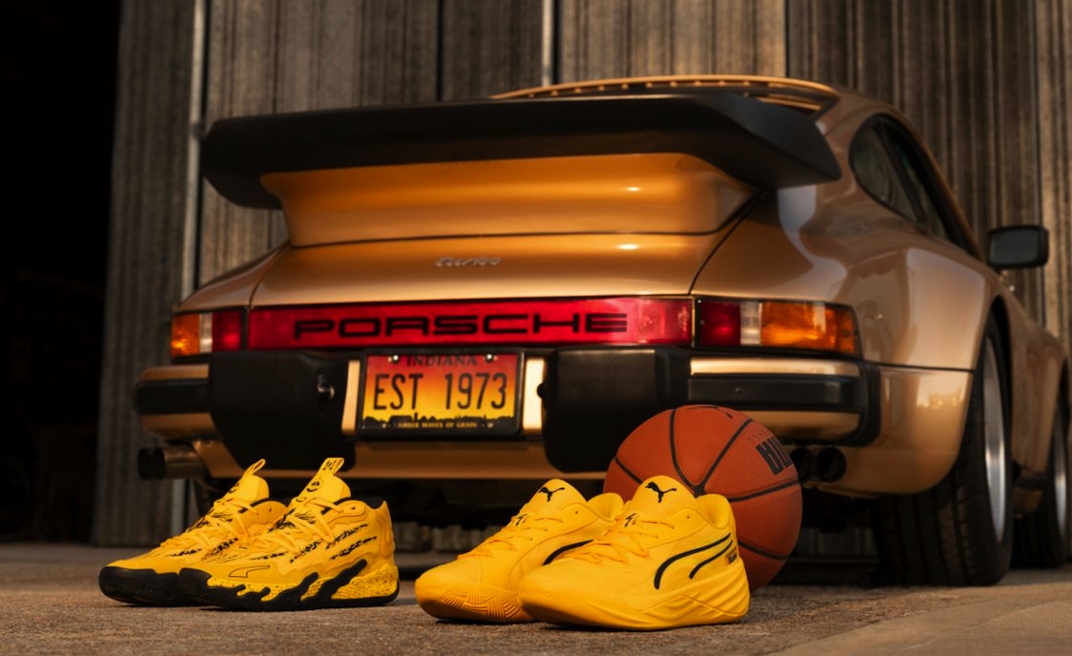‘GM Accelerates Transformation of International Markets’ is the title of General Motors’ press release issued today and it might be meant to have an optimistic tone for shareholders but when you start to go through it, you find that it is shows how the corporation is retreating from global markets because it cannot compete. The decline of what was once the largest company on the planet, the No.1 in automobile manufacturing (by volume, to be clear), and top of the list in the Fortune 500, is not something that has come in recent times. It began in the 1970s and kept getting worse to the extent that it went bankrupt by 2009, forcing reorganization.
Like many big and old American corporations, the way the business has been run has depended on big numbers for economies of scale to stay competitive and dominant. That’s still crucial in the auto industry but GM for too long was an insular company, not giving much meaningful attention to markets outside North America. It had units like Opel and Vauxhall in Europe and Holden in Australia, as well as joint-ventures in China. Opel and Vauxhall were sold off to Groupe PSA three years ago and now, Holden, the 164-year old Australian company, will also be shut down 89 years after GM acquired it. Sales, design and engineering operations in Australia and New Zealand will cease, with the Holden brand retired by 2021.
The move is explained as a continuation of the comprehensive strategy laid out in 2015 ‘to strengthen its core business, drive significant cost efficiencies and take action in markets that cannot earn an adequate return for its shareholders’. The last part is a similar theme used by Ford when it shut down its manufacturing operations in Australia four years ago.
GM President Mark Reuss said the company explored a range of options to continue Holden operations, but none could overcome the challenges of the investments needed for the highly fragmented right-hand-drive market, the economics to support growing the brand, and delivering an appropriate return on investment.
“After considering many possible options – and putting aside our personal desires to accommodate the people and the market – we came to the conclusion that we could not prioritize further investment over all other considerations we have in a rapidly changing global industry,” he said.
Like Ford, GM just doesn’t care to compete anymore in Asian markets and is pulling out, with the exception of Korea (notwithstanding its 10 joint ventures in China). Its factory in Rayong, Thailand, which was set up to produce for the ASEAN markets using duty-free incentives is also to be sold to China’s Great Wall Motors.
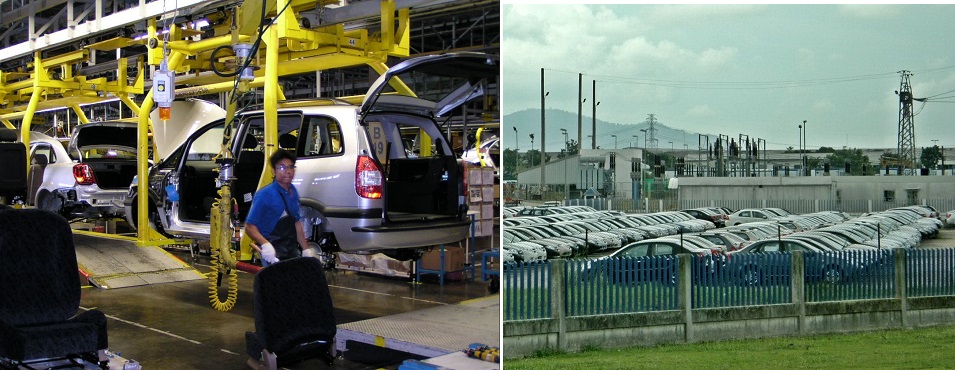
GM Senior Vice President and President GM International Steve Kiefer said the detailed analysis of the business case for future production at the Rayong facility (which includes an engine plant) indicated low plant utilization and forecast volumes have made continued GM production at the site unsustainable. Without domestic manufacturing, Chevrolet will be unable compete in Thailand’s new-vehicle market. Years earlier, GM also pulled out of Indonesia and ended attempts to grow its presence in the Malaysian market.
These are difficult decisions, but they are necessary to support our goal to have the GM International region on the pathway to growth and profitability,” said Kiefer, adding that GM would also sell its Talegaon manufacturing facility in India.

Outside of North America, it still sees the possibility of continuing business in South America and the Middle East. “In markets where we don’t have significant scale, such as Japan, Russia and Europe, we are pursuing a niche presence by selling profitable, high-end imported vehicles – supported by a lean GM structure,” said GM International Operations Senior Vice-President Julian Blissett.
GM in Malaysia
Like Ford, GM was selling its cars in Malaysia decades before the Japanese brands arrived in the 1960s. It had a range of brands like Bedford, Chevrolet, Vauxhall, Opel and even Holden, and even set up an assembly plant in Johor in the 1960s. And before Toyota came out with its Kijang in Indonesia in the mid-1970s, GM’s Bedford unit had developed a simple Basic Utility Vehicle called the Harimau that was intended for the developing countries in the region.
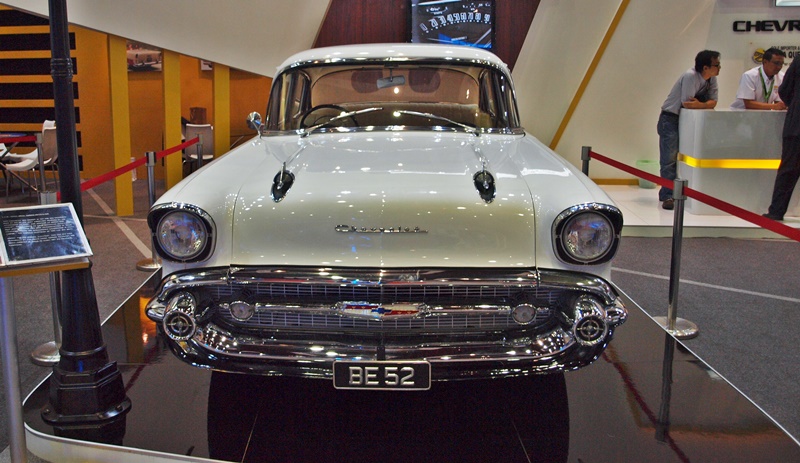
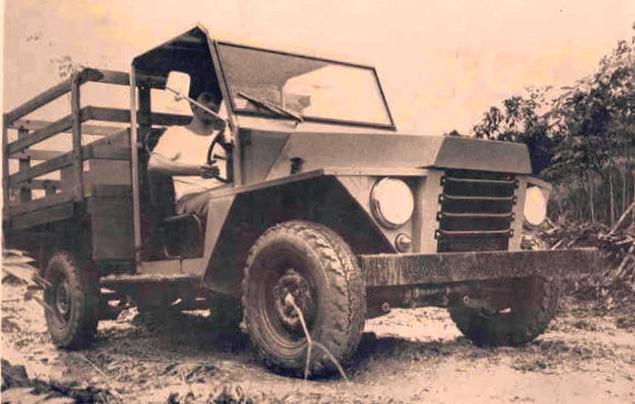
For a while, it tried to sell Holden models like the Kingswood and Statesman (assembled locally) which were rather inappropriate for this market. They had huge engines (2.7 litres and bigger!) and were heavy, thirsty cars. There was a joke that if you bought one, its value depreciated by 50% the moment the new numberplate was attached. 44 units of the Chevrolet Impala were also assembled at the ASSB plant in Shah Alam, Selangor, in the late 1960s and it took a while for them to clear.
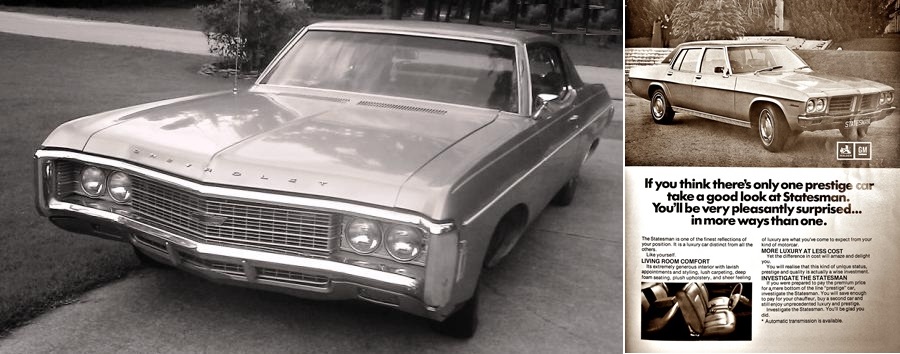
Besides the assembly plant, GM had a marketing office in Kuala Lumpur which mainly handled the Opel business until the late 1970s when it closed down and Opel faded from the market like the other brands. In the mid-1990s, a small effort was made to return with the Opel and Holden brands. GM even sent Mike Kimberley, former CEO of Lotus, to oversee the business in Malaysia as there was even talk of assembling the Opel Vectra. But the financial crisis at the end of the decade saw the attempt forgotten.
It would be another 4 years before GM returned to Malaysia with what seemed like renewed confidence in the regional market. It had invested in a huge factory in Thailand to produce what was touted as a market that would reach 500 million consumers and it believed it could be a significant player. In fact, in 2004, a senior GM executive told this writer that he expected Chevrolet to be among the top 5 in Malaysia within 4 years. The over-optimistic prediction was accompanied by a remark that ‘the Malaysian market is the same as the Indonesian one so we can apply the same product strategies’. Later, another senior GM executive would boast of how the Cruze was ‘100 times better than the Honda Civic’. It showed how disconnected from the market the Americans were and why they were doomed to fail.
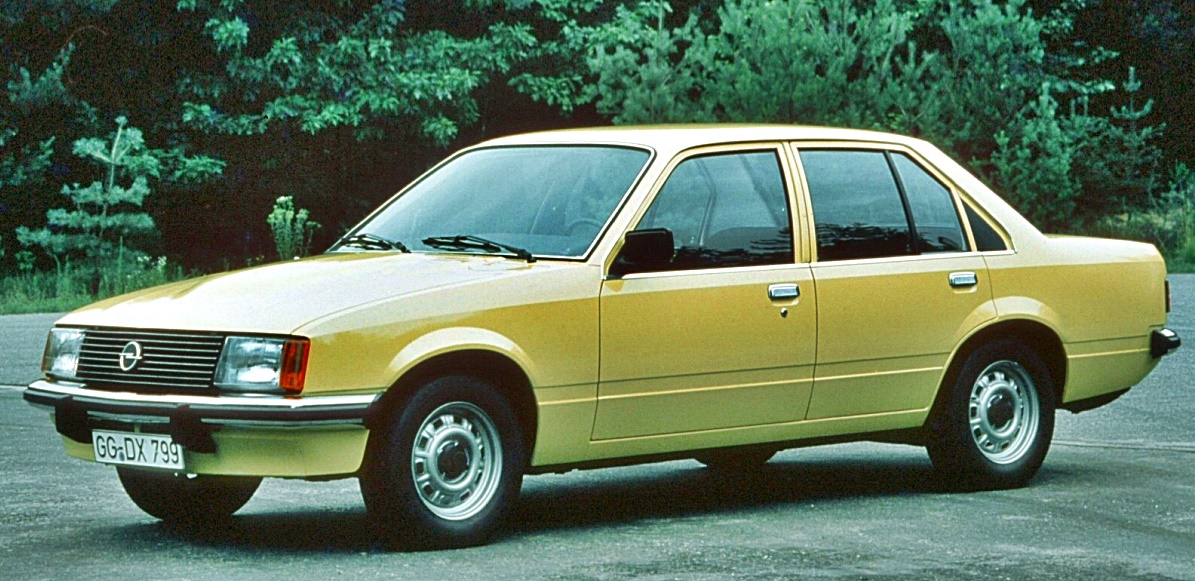
Although Opel, with its German DNA in models like the Rekord, was a respected brand in the Malaysian market, GM chose to use Chevrolet for the region because it was ‘the most international GM brand’. To the older generation, Chevrolet was associated with those Detroit ‘aircraft carriers’ – huge machines on four wheels – even though the range offered was more oriented to ASEAN markets with models like the Nabira and Optra.
For its initial return in 2002, GM let DRB-HICOM handle the business but eventually found difficulties in managing differences with its distributor in approaches taken for the business. So GM came in to directly run the business in the mid-2000s, around the time Ford was pulling out of Malaysia and leaving the business to Sime Darby. There was a lot of enthusiasm in the early years as GM ASEAN probably had a business plan which appealed to the big bosses in Detroit (remember how they believed that they could become No.4 in Malaysia).
To be fair, a lot of marketing initiatives – like cutting parts prices by up to 65% – were carried out to grow the brand but that’s a long-term thing and the problem is that Americans are impatient. Jeep came into the market in the mid-1990s and sold well, but the moment things slowed down and numbers fell, it pulled out right away. They also want big numbers and a veteran local car guy recalls how he went to Detroit to talk to Chrysler about representing them in Malaysia and was told that if he was not taking a thousand cars a month, forget it.
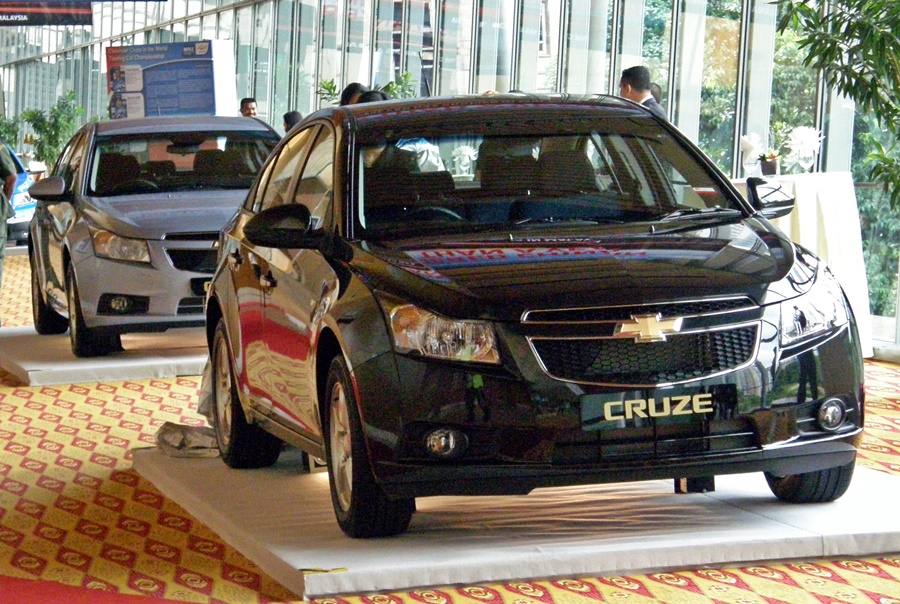
Eventually, GM also gave up on Malaysia (again) but managed to get the Naza Group to take over the brand. Like DRB-HICOM before it, Naza felt it could build the brand and put in much effort. But the products were not competitive enough and the only one that could sell well was the Colorado pick-up made in Thailand. And again, expectations and commitment differed between the two sides with a frustrated Naza suddenly announcing it would cease representing Chevrolet after an 8-year association. Its explanation for the move contained the words ‘long-term sustainability and profitability’, which suggested that GM’s brand could not deliver that.
As GM regards righthand drive markets as not being worth its time, we will probably not see Chevrolet or other GM brands again. Anyway, Chevrolet’s departure from Malaysia has not made much difference since the numbers were insignificant anyway. They were also not particularly big in neighbouring markets so there isn’t really an empty space to be filled.




